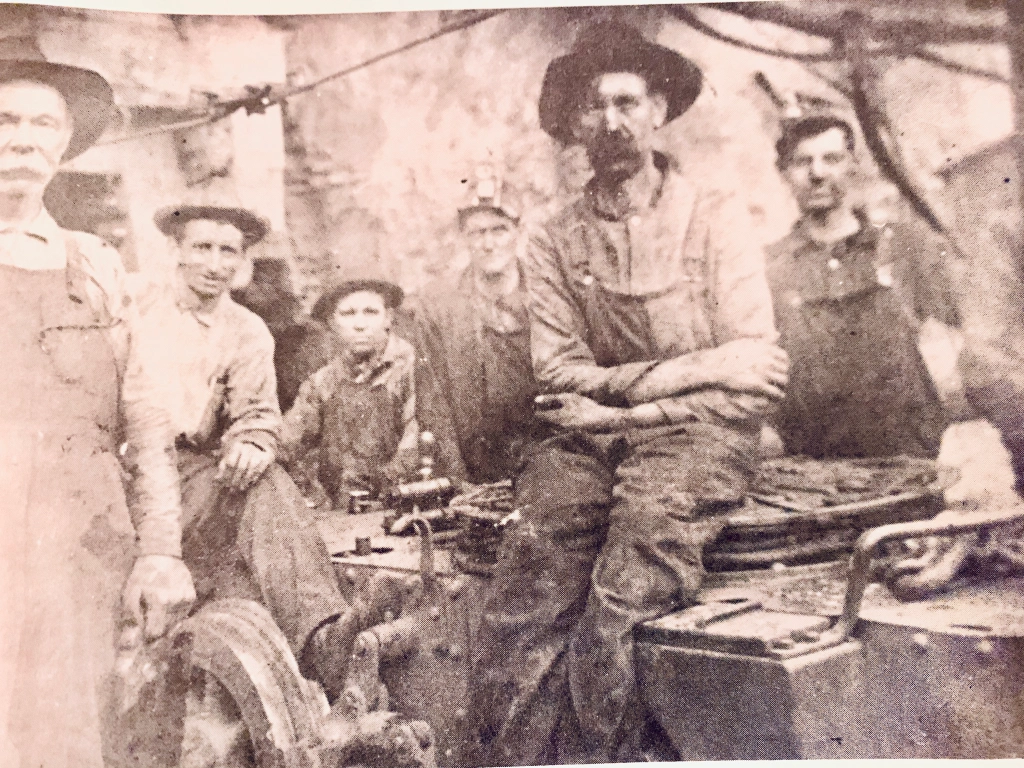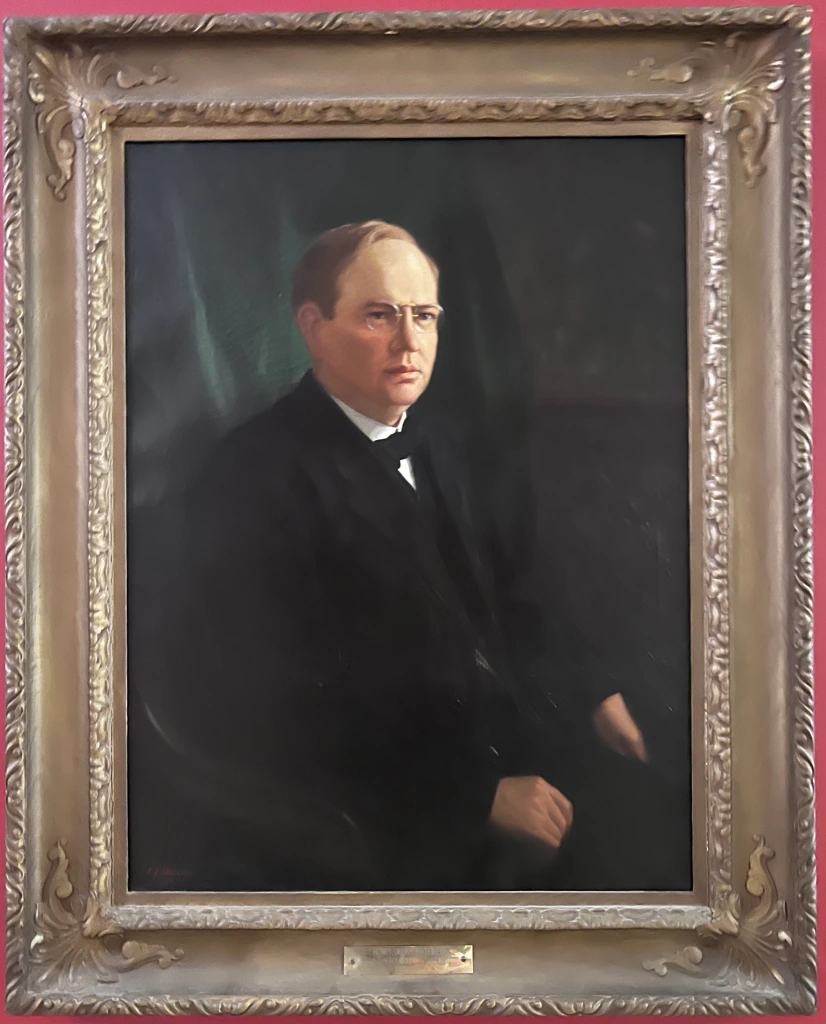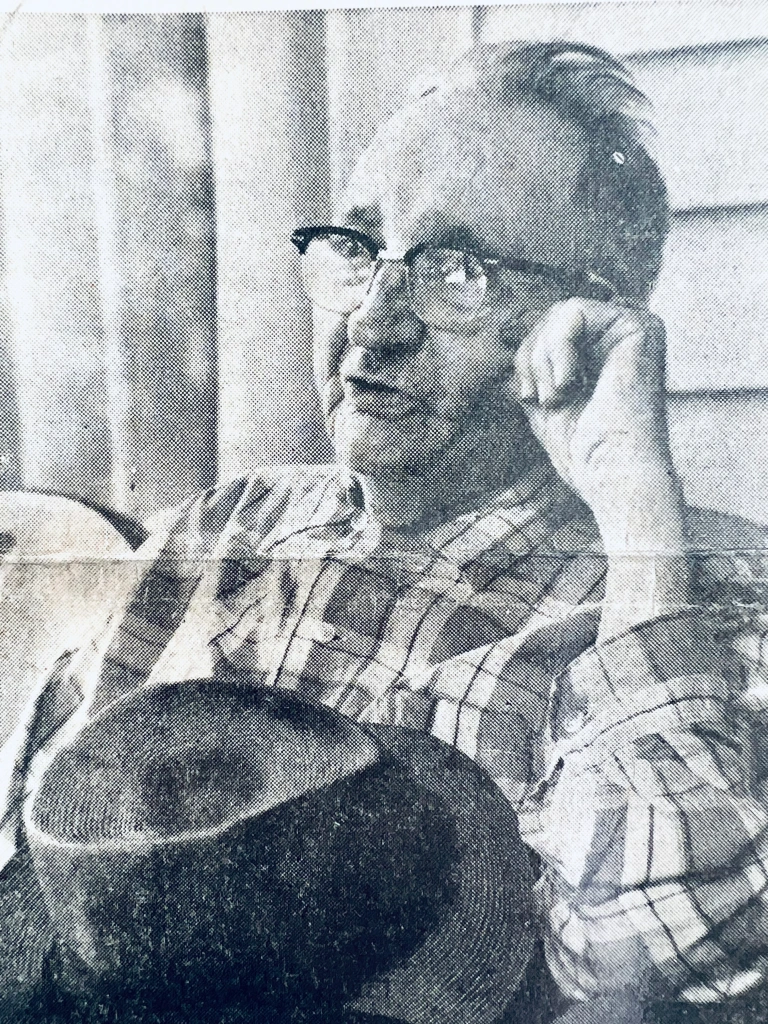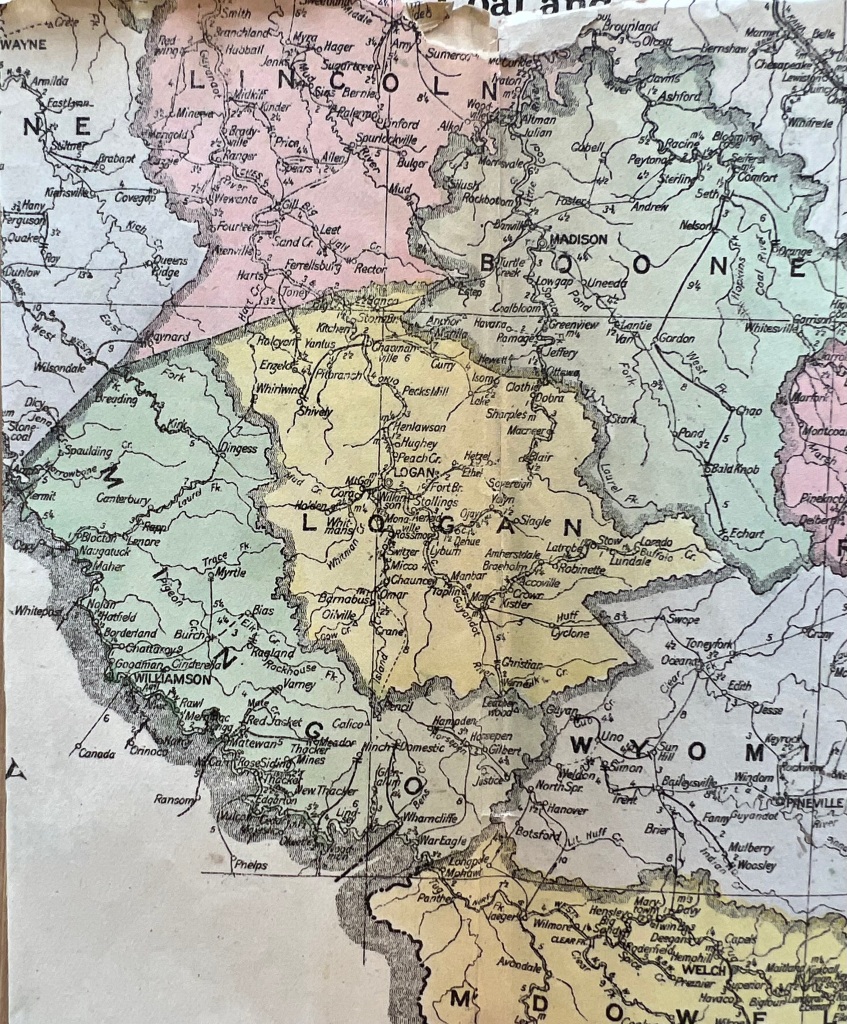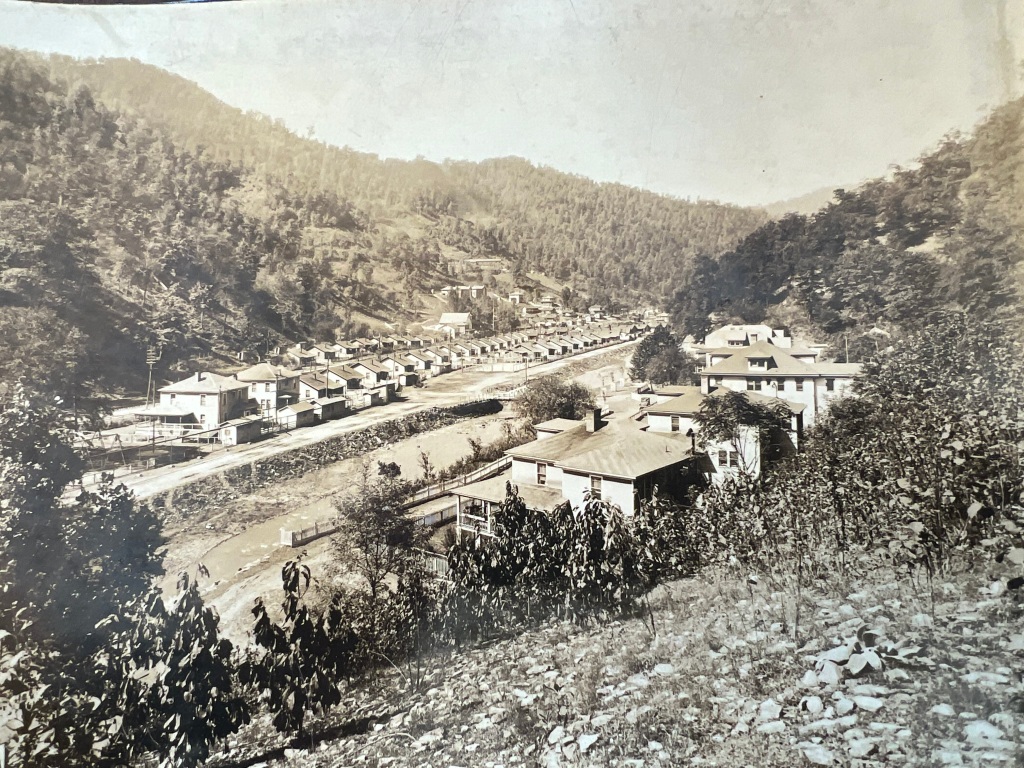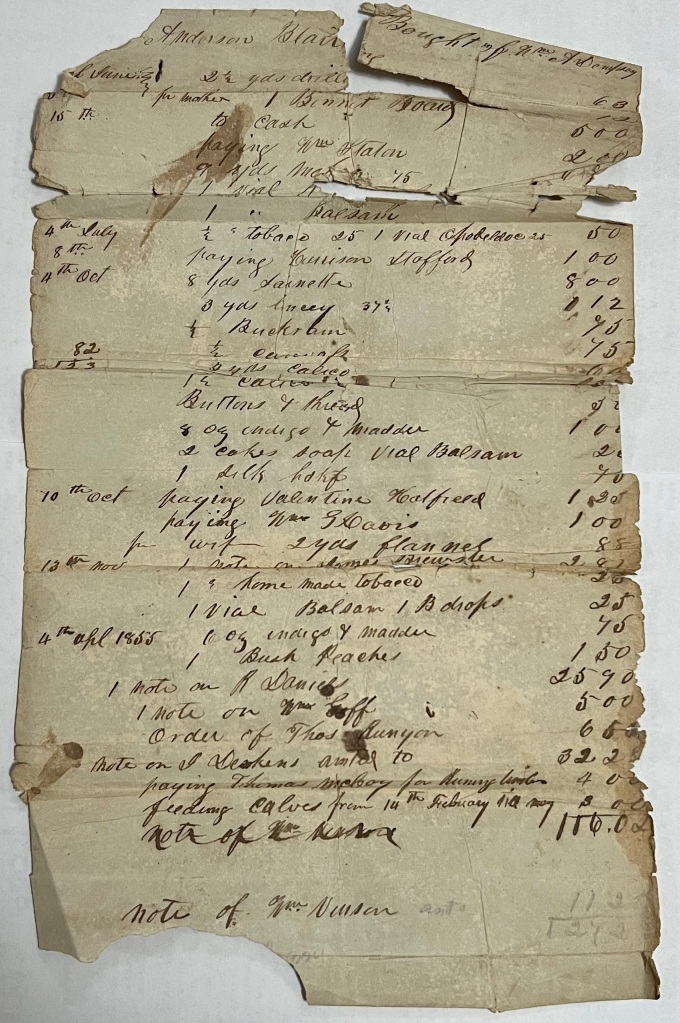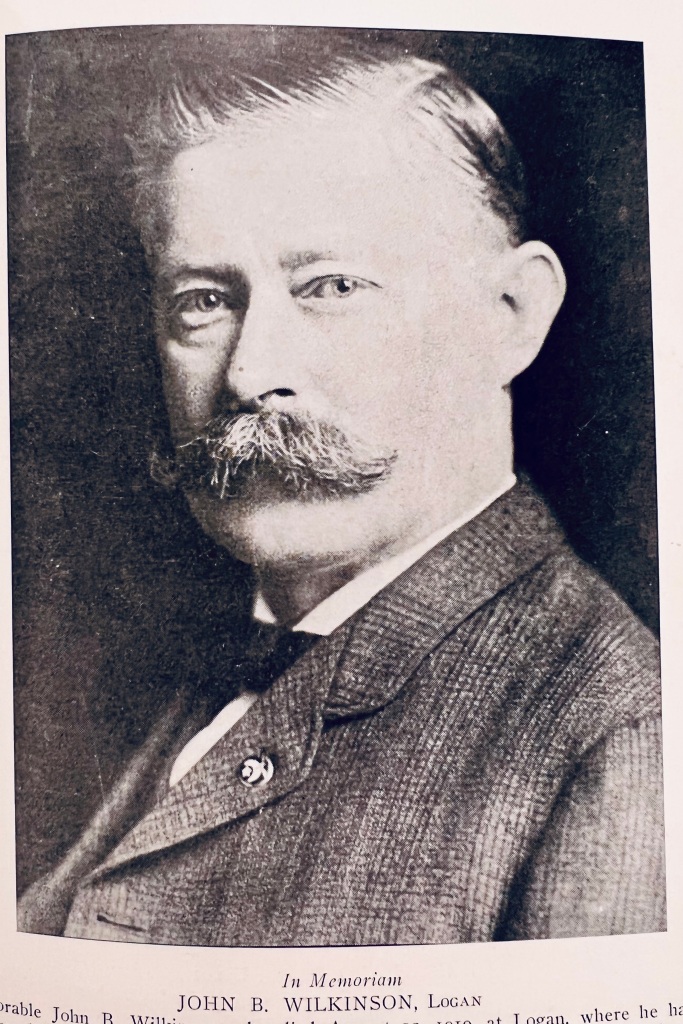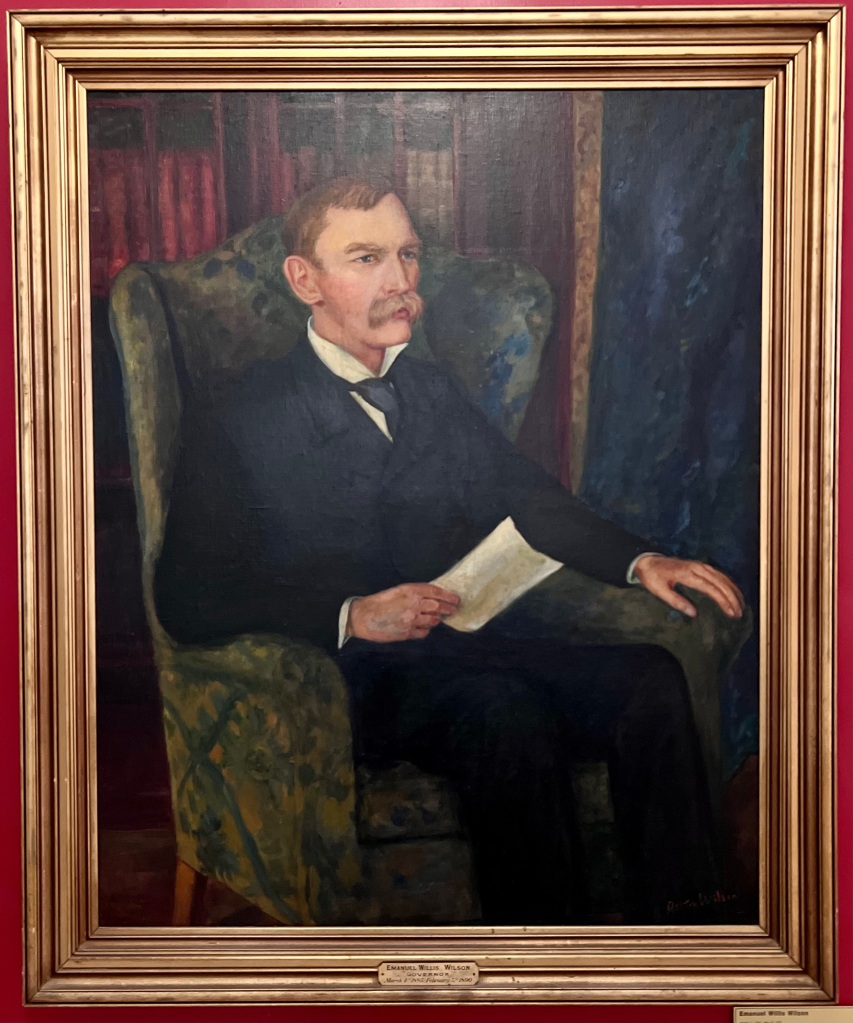Tags
Alifair McCoy, Appalachia, Big Sandy News, Blackberry Creek, Calvin McCoy, Cap Hatfield, civil war, Devil Anse Hatfield, Dils Cemetery, Elias M. Hatfield, feuds, Harmon McCoy, Hatfield-McCoy Feud, Herald's Branch, history, Jim Vance, Johnse Hatfield, Kentucky, Melvin McCoy, Pike County, Pikeville, Randall McCoy, Randolph McCoy, Roseanna McCoy, Tom Dotson, Truda McCoy, Tug River
Oral history relating to Randolph “Ran’l” McCoy’s final years is scant. Most historians rely upon Truda Williams McCoy’s book The McCoys: Their Story (1976) for information about his life. Here are a few news items which may in some part be reliable that provides more information about Ran’l and his final months of life.
Randolph McCoy Falls into Fireplace (January 10, 1914)
“Randall McCoy, who was a leader in the McCoy-Hatfield feud, at Pikeville, Ky., thirty years ago, fell into an open fireplace yesterday [Jan. 9] and before he could be removed he was fatally burned.”
Norwich (CT) Bulletin, 10 January 1914; “Aged Feudist Dies,” Dakota Farmers’ Leader (Canton, SD), 16 January 1914. The Leader says, “McCoy was 86 years old.”
Randolph McCoy Falls into Fireplace (January 16, 1914)
“Uncle Randall McCoy, an aged man, fell backward into the fire at the home of his grandson, Melvin McCoy, on Herald’s Branch last Friday morning [Jan. 9], and before help could reach him he was badly burned. On account of his enfeebled condition he was unable to remove himself from the flames.”
“Aged Man Burns,” Big Sandy News (Louisa, KY), 16 January 1914
Randolph McCoy Died (March 28, 1914)
Randolph McCoy died on March 28, 1914. Thomas Dotson, who was born and raised among feudists on Blackberry Creek, writes that he did not know anyone who attended Ran’l’s funeral, adding that Elias M. Hatfield knew the correct location of his grave. Ran’l’s grave remained marked with a rock for numerous decades after his death.
Thomas Dotson, The Missing McCoys, p. 28.
Randolph McCoy Obituary (March 31, 1914)
“Pikeville, Ky., March 31.—This village ‘turned out’ today to pay a tribute to Randolph McCoy, the famous feud leader, who lies dead at his home on Blackberry Creek. He was burned last fall and never recovered from the accident. ‘Ran’ McCoy, a generation ago, was a leader in the Hatfield-McCoy feud that kept the hill clans in Breathitt county, Ky., in turmoil for a dozen years. The trouble began in the early sixties, when James Vance, a marriage relative of ‘Bad Anse’ Hatfield shot and killed Harmon McCoy, a brother of ‘Ran.’ The feud was revived when one of ‘Bad Anse’s’ sons, Johnson Hatfield, eloped with one of ‘Ran’ McCoy’s daughters. ‘Ran’ said in 1907, at his mountain home in Blackberry Creek, near Pikeville, that he was ninety-six, that three of his children had been killed in the feud, two of them in 1887, and that he had killed six of his enemies, in different combats. It was estimated at that time that forty persons had been killed and more than 100 injured in the forty years that the two clans had been at war. ‘Things aren’t what they used to be,’ he said, as he greeted several of his old Hatfield foes at his birthday celebration. ‘Think of a Hatfield coming up to my front door, unarmed, walking straight in, and me a-shaking hands with him. I remember the time when I’d have got him a quarter of a mile away, or he’d have got me.’ ‘Ran’ McCoy, in 1897, led a sheriff’s posse into the Tug river wilds in search of ‘Cap.’ Hatfield who had chopped his way out of the county jail with an axe, but Hatfield got away from the posse. ‘Ran’ was shot twice, at different times, but he bore what the mountaineers called a ‘charmed life.’ One of his daughters went crazy after her brother and sister were killed in 1887.”
“Feudist Dies Natural Death: He Kept Kentucky Hill Clans in Turmoil for Years—Notorious Outlaw Lived 103 Years,” The Union (SC) Times, 3 April 1914.
Randolph McCoy Obituary (April 3, 1914)
“Uncle Randall McCoy, one of the oldest citizens of Pike county, and a participant and leader in the Hatfield-McCoy feud which brought a reign of terror to Eastern Kentucky thirty years ago, died at the home of his grandson, Melvin McCoy, on Herald’s branch, last Saturday morning from the effects of injuries he received by falling backward into an open fire place last autumn. Funeral and interment were held Sunday afternoon at the Dils cemetery across the river. At his death Mr. McCoy was 89, and he was a conspicuous figure in the most noted feud in the history of Kentucky. On New Year’s night, twenty-seven years ago, the Hatfields made an attack on his home, and in a bloody battle one of his daughters and two sons were killed. His home was also burned to the ground. But he pursued his enemies with relentless courage, and after depleting their rank he drove the remainder of them either from the state or into hiding. At the close of the bloody war he removed with his family to Pikeville, and lived here until the time of his death.”
“Randall McCoy Died at 89,” Big Sandy News (Louisa, KY), 3 April 1914
Randolph McCoy Obituary (April 3, 1914)
“Pikeville, Ky.—Randall McCoy, nonagenarian and leader in the famous McCoy-Hatfield feud, died Saturday at the home of his grandson here of burns received last fall. Twenty-seven years ago Randall McCoy’s home was burned New Year’s night and one daughter and two sons killed by the Hatfield clan. He lost two brothers in a subsequent fight, but pursued the feud so relentlessly that he eventually forced his enemies into hiding or out of the state.”
“Noted Feudist Leader Passes,” Montpelier (ID) Examiner, 3 April 1914.
Randolph McCoy Obituary (April 3, 1914)
“Randolph McCoy, nonagenarian and leader in the famous McCoy-Hatfield feud, died at the home of his grandson at Pikeville, Ky., of burns received last fall.”
The Ely (MN) Miner, 3 April 1914; Audubon (IA) Republican, 9 April 1914; The Kadoka (SD) Press, 10 April 1914.
NOTE: This post will be edited and expanded as time permits.

